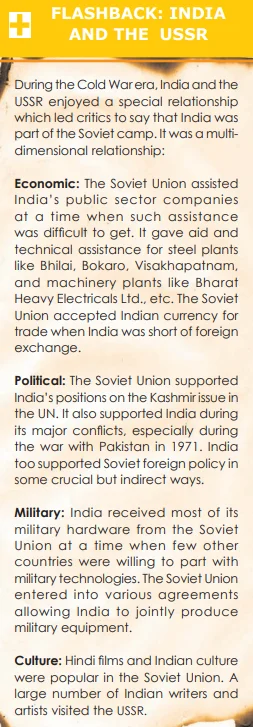![]() 22 Jul 2024
22 Jul 2024
The model of transition in Russia, Central Asia, and East Europe that was influenced by the World Bank and IMF came to be known as ‘shock therapy’. Shock therapy varied in intensity and speed amongst former second-world countries, but its direction and features were quite similar. Each of these countries was required to make a total shift to a capitalist economy, which meant rooting out completely any structures that evolved during the Soviet period.
Meaning: Shock therapy is a quick and complete shift from a state-controlled economy to a free-market economy. This method includes quick actions like extensive privatization, deregulation, and elimination of government subsidies, to stabilize the economy and foster growth.
Socio-economic Disaster: Shock therapy brought ruin to economies and disaster to people of the entire region. In Russia, a large state-controlled industrial complex almost collapsed, as about 90% of its industries were put up for sale to private individuals and companies.

Most of former Soviet Republics are prone to conflicts, and many have had civil wars and insurgencies. In Russia, two republics, Chechnya and Dagestan, have had violent secessionist movements.
| Must Read | |
| Current Affairs | Editorial Analysis |
| Upsc Notes | Upsc Blogs |
| NCERT Notes | Free Main Answer Writing |
Shock therapy, implemented in the 1990s, aimed to rapidly transition Russia, Central Asia, and Eastern Europe from state-controlled to capitalist economies. This approach led to significant privatization, deregulation, and the dissolution of Soviet-era structures. However, it resulted in economic collapse, currency depreciation, agricultural crisis, and weakened social safety nets. Despite initial hardships, some economies, especially resource-rich ones, began to recover by 2000. The transition also sparked regional tensions and conflicts, highlighting the complex legacy of shock therapy.
| Related Articles | |
| AGRICULTURAL DEVELOPMENT | Economy |
| World Bank | DISASTERS AND THEIR MANAGEMENT |
<div class="new-fform">
</div>